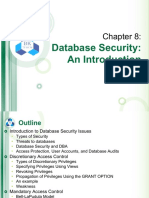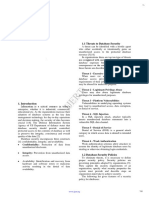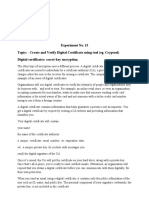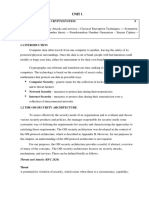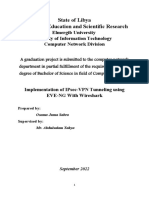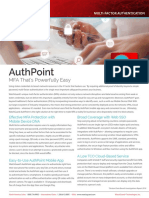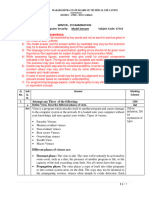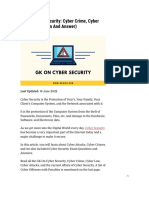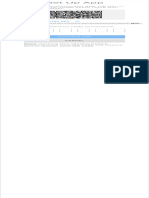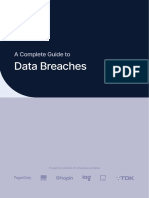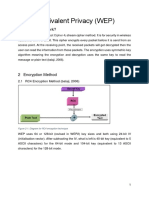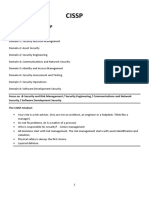0% found this document useful (0 votes)
95 views8 pagesDatabase Access Control
Database access control manages user permissions and protects sensitive data from unauthorized access, forming a crucial part of database security. It includes mechanisms like access control matrices and integrates with authentication to enforce granular control over who can access specific data. Different administrative policies such as centralized, decentralized, and role-based administration define how access rights are granted and monitored, while various access control models (RBAC, ABAC, MAC) provide frameworks for managing permissions.
Uploaded by
sahasafi26Copyright
© © All Rights Reserved
We take content rights seriously. If you suspect this is your content, claim it here.
Available Formats
Download as PDF, TXT or read online on Scribd
0% found this document useful (0 votes)
95 views8 pagesDatabase Access Control
Database access control manages user permissions and protects sensitive data from unauthorized access, forming a crucial part of database security. It includes mechanisms like access control matrices and integrates with authentication to enforce granular control over who can access specific data. Different administrative policies such as centralized, decentralized, and role-based administration define how access rights are granted and monitored, while various access control models (RBAC, ABAC, MAC) provide frameworks for managing permissions.
Uploaded by
sahasafi26Copyright
© © All Rights Reserved
We take content rights seriously. If you suspect this is your content, claim it here.
Available Formats
Download as PDF, TXT or read online on Scribd
/ 8







































